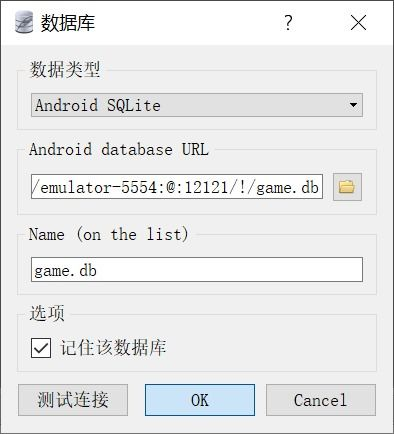ASP.NET Database Connection with Access, A Comprehensive Guide
Understanding the Basics of ASP.NET and Access Database
ASP.NET is a popular web framework developed by Microsoft that allows developers to build dynamic web applications. One common task is connecting to a database, and Microsoft Access is often used for small to medium-sized applications due to its user-friendly interface and ease of use. Understanding how to connect these two technologies is essential for any ASP.NET developer.
To connect an ASP.NET application to an Access database, you need to ensure that the Microsoft Access Database Engine is installed on your machine. This engine allows the application to communicate with the Access database files. The typical file extension for Access databases is .accdb or .mdb.
The connection string is a critical component in establishing a connection, and it typically looks something like this:
Provider=Microsoft.ACE.OLEDB.12.0;Data Source=your_database_path.accdb;Persist Security Info=False;
In this string, replace "your_database_path.accdb" with the actual path to your Access database file.
Constructing the Connection String
When building the connection string, it's important to customize it according to your application's needs. Here are some typical options you might include:
- Provider: Specifies the OLE DB provider for Access databases.
- Data Source: Indicates the file path of the Access database.
- Persist Security Info: Specifies whether sensitive information should be persisted in the connection string.
A simple yet effective connection string example to connect to an Access database would be:
Provider=Microsoft.ACE.OLEDB.12.0;Data Source=C:\MyFolder\MyAccessDatabase.accdb;Persist Security Info=False;
Ensure that the path accurately points to the location of your Access database to avoid any connection failures.
Implementing the Connection in ASP.NET Code
After constructing the connection string, the next step is to implement it within your ASP.NET application. Below is a code snippet demonstrating how to connect to your Access database:
using System;
using System.Data.OleDb;
public class AccessDatabaseConnection
{
public void ConnectToAccessDatabase()
{
string connectionString = "Provider=Microsoft.ACE.OLEDB.12.0;Data Source=C:\\MyFolder\\MyAccessDatabase.accdb;";
using (OleDbConnection connection = new OleDbConnection(connectionString))
{
try
{
connection.Open();
// Execute database operations
}
catch (Exception ex)
{
// Handle exceptions
}
}
}
}
In this code, we use the OleDbConnection class to establish a connection to the Access database. The connection is opened within a using statement to ensure proper resource management. Furthermore, any potential exceptions during the connection process are handled gracefully.
In summary, connecting an ASP.NET application to an Access database can significantly enhance the functionality and performance of your web projects. By following the guidelines highlighted in this article, you can successfully establish and manage your database connections. Make sure to verify the path to your database and handle any exceptions that may arise during the connection process to ensure a robust implementation.





